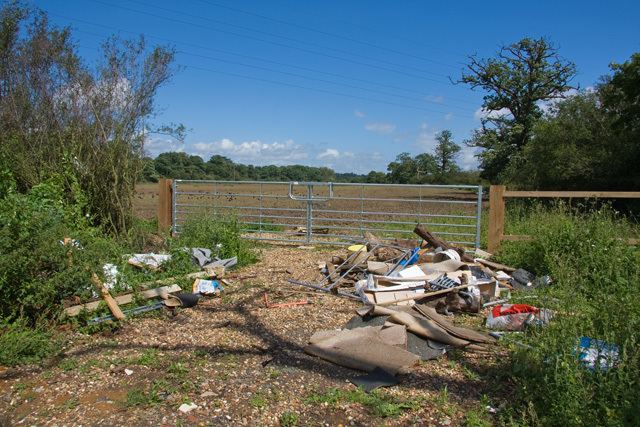 | ||
It is estimated that 290 million tonnes of waste was produced in the United Kingdom in 2008 but volumes are declining. In 2012 municipal solid waste generation was almost 30 million tonnes, according to Waste Atlas Platform.
Contents
The National Waste Strategy is a policy of the government, and in particular the Department for Environment, Food and Rural Affairs (Defra), intended to foster a move to sustainability in waste management within Great Britain.
Food waste
Since 1915, food waste has been identified as a considerable problem and has been the subject of ongoing media attention, intensifying with the launch of the "Love Food, Hate Waste" campaign in 2007. Food waste has been discussed in newspaper articles, news reports and television programmes, which have increased awareness of it as a public issue. To tackle waste issues, encompassing food waste, the government-funded "Waste & Resources Action Programme" (WRAP) was created in 2000.
Waste to energy
There are a number of Waste-to-energy power plants in the UK especially in England. Notable plants include:
Scotland
In Scotland in 1993, 14 million tons of waste was produced. 100,000 tons was toxic waste and 260,000 tons was controlled waste from other parts of Britain and abroad. 45% of the special waste was in liquid form and 18% was asbestos - radioactive waste was not included. Of the controlled waste, 48% came from the demolition of buildings, 22% from industry, 17% from households and 13% from business - only 3% were recycled. Ninety percent of controlled waste was buried in landfill sites and produced 2 million tons of methane gas. 1.5% was burned in incinerators and 1.5% were exported to be disposed of or recycled. There are 900 disposal sites in Scotland.
There are very few vacant or derelict land sites in the north east of Scotland, as there are few traditional heavy industries or coal/mineral extraction sites. However some areas are contaminated by aromatic hydrocarbons (500.25 cubic meters).
